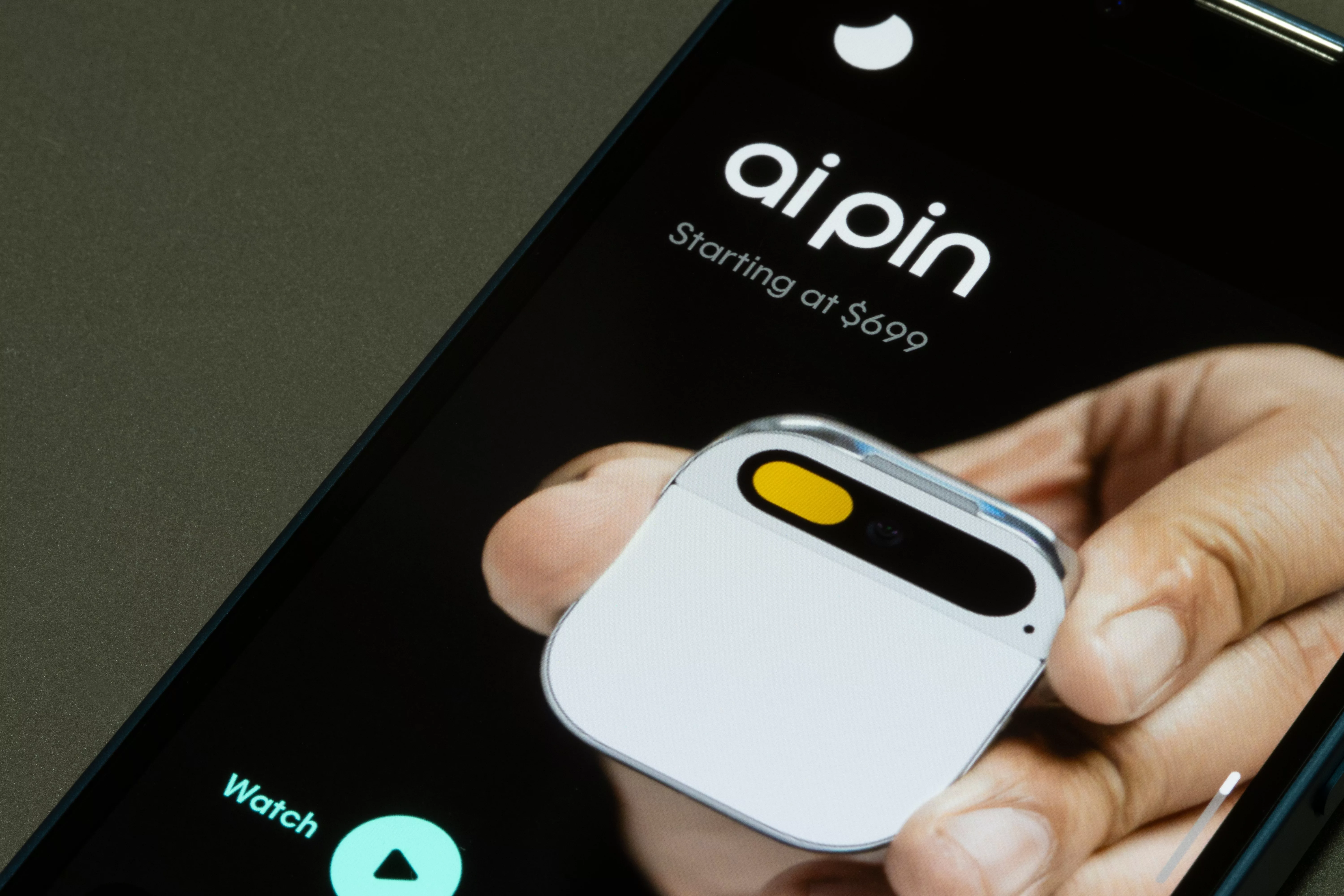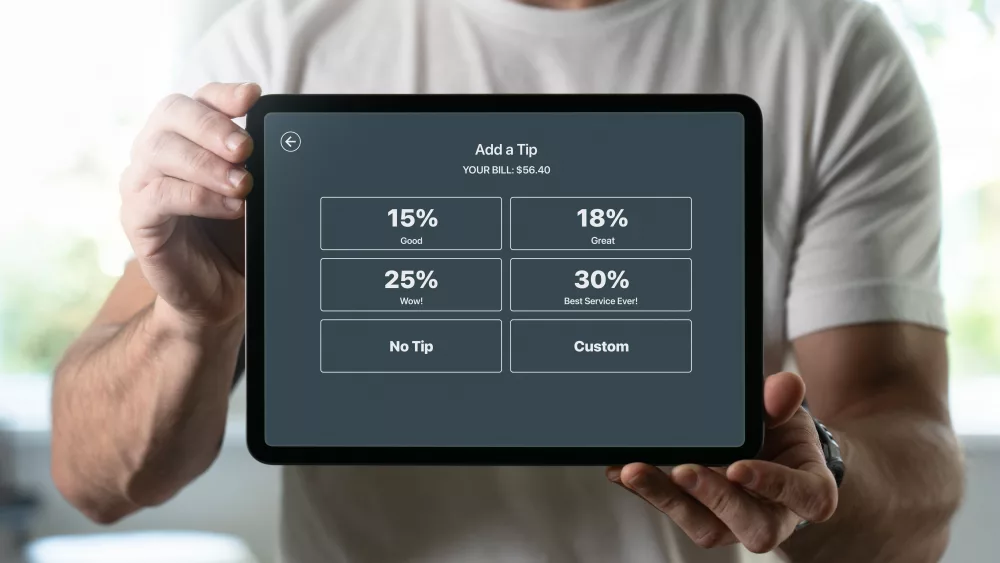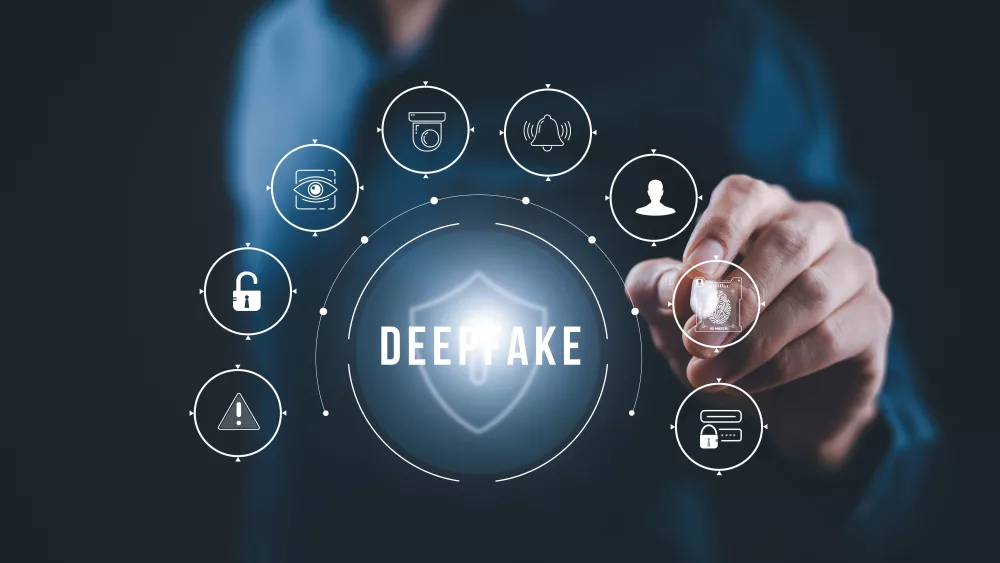
I just got back from a quick trip to Fredericksburg, Texas to view the last total solar eclipse in the contiguous United States until Aug. 23 of 2044, more than 20 years from now. The late-spring weather was challenging, but we did see the moon black out the sun from the top of a granite dome in the Texas Hill Country as the eclipse dipped in and out of the clouds during its 4 minutes and 26 seconds of totality.
For umbraphiles (as eclipse chasers are known), the next big ticket is the 2027 total solar eclipse in Luxor, Egypt, where it will last for an astonishing 6 minutes and 24 seconds (the longest theoretical duration for totality is 7 minutes and 32 seconds). Unfortunately, the Great Pyramid and Sphinx are just outside Cairo, in Giza, which will only experience a partial eclipse (about 95%). And as any devoted eclipse watcher will tell you, “99% is not 100%”—there is nothing to rival the experience of totality.
Anyway, enough waxing rhapsodic about celestial phenomena. I dragged my MacBook Pro on the trip with me, but never opened it up—my phone was sufficient for such needs as maps, boarding passes, dinner reservations, rental cars and parking at SFO. Nowadays, lots of people I know—non-technical types—conduct nearly all their day-to-day business on their phones. It’s hard to believe that the iPhone is not quite 16 years old. It’s even harder to believe how we got along without smartphones.
As a phrase, “smartphone” came well before the iPhone emerged: Ericsson, a Swedish telecommunications firm, coined the term in 1997, although it is IBM’s 1994 Simon Personal Communicator that is considered to be the first, albeit primitive, smartphone. Of course, it was Apple that delivered the first example of what we today consider a smartphone, a touchable glass interface to an internet-connected computer which, incidentally, makes phone calls, takes pictures and plays music.
What’s next? A company called Humane (humane.com) would like you to believe that it is their “Ai Pin.” The Pin is almost exactly the same size as an Apple Watch (about 1.75 inches on a side), and its front surface is a glass touchpad (not a display). It clips to your shirt/blouse/jacket (using a magnetic back which doubles as a hot-swappable battery). Depending on the finish, it costs $699 or $799, which includes two batteries.
Unlike Siri on the iPhone, it is not always listening for a start phrase (“Hey, Siri”). Instead, you must tap and hold on the touchpad, and wait for a tone before speaking, which seems inconvenient to me, but is consistent with Humane’s stated goals of transparency and protecting user privacy. The device even has a “trust light” which indicates when the device’s sensors (camera, microphone, etc.) are active.
The Pin makes up for a lack of a display with a monochrome laser projector, which displays information on your outstretched palm. You can read text, view images (in monochrome), and interact with the projected interface by means of hand gestures. You can watch a 10-plus minute video at tinyurl.com/2c3hkgdn that features Humane’s founders (optimistically) explaining the device.
One feature that stood out for me is the translation function, which is very reminiscent of Star Trek’s “universal translator.” The device (once enabled with a tap) listens and detects a foreign language being spoken, then plays the translation. It also works in the opposite direction. This would be a killer feature if it works seamlessly—I would take the device along when traveling to places where I don’t speak the language. Of course, it would require T-Mobile, Humane’s connectivity partner, to have a strong signal there.
There are two downsides to the device. First, it’s the first-generation of a product, and clearly has some rough edges, based on early reviews. One YouTube video is titled “When the Humane AI Pin works, it’s great. But there are some very obvious things it can’t do well” (tinyurl.com/2vbwfsb6). Of course, generally availability of the product just happened in April, so some growing pains are to be expected. And it’s a whole new product category, not just a better Blackberry (remember those?) like the iPhone. Unfortunately, shipping a consumer product with too many rough edges is a great way to kill any chance of success in the marketplace. You want early adopters to rave about the product (as people did with the first iPhone) even if it has some flaws (no cut-and-paste capability or support for multimedia texts).
More importantly, the Pin cannot be used at all without a $24 a month subscription, although that does include connectivity, which the device requires to be of any use. Since the Ai Pin doesn’t fully replace the functions of your existing smartphone, that’s just another addition to the death-by-subscription model that modern life seems to force upon us.
For now, I’ll stick with my smartphone, and hope that AI will make Siri a little more useful.




